Les gènes et protéines BSP chez la souris et l’humain : clonage, caractérisation, expression sous forme recombinante et étude des fonctions biologiques
Texte intégral
Figure
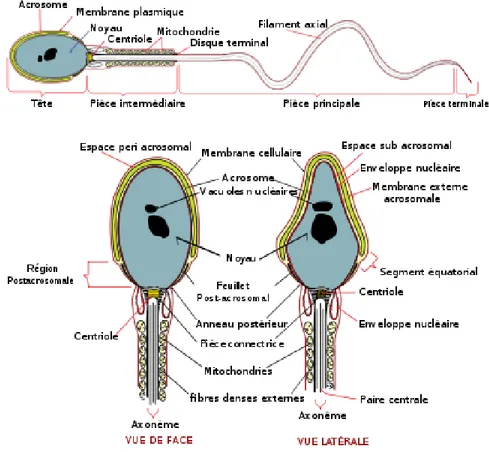
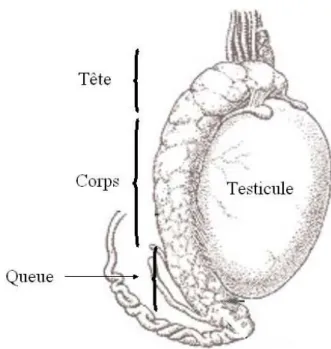
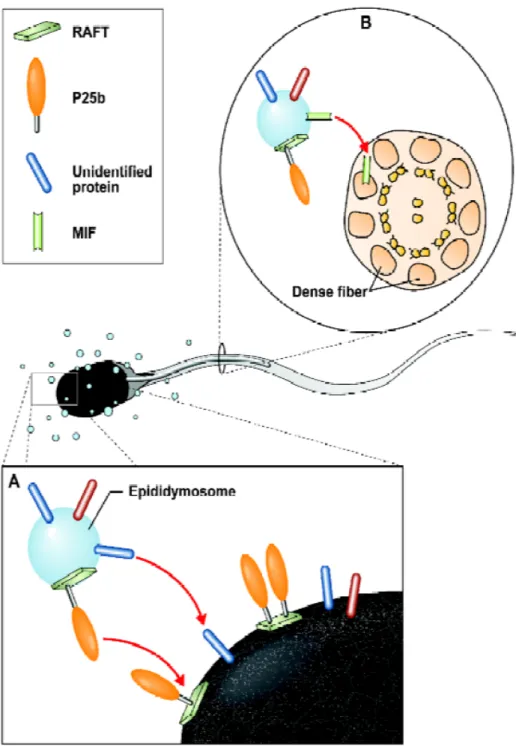
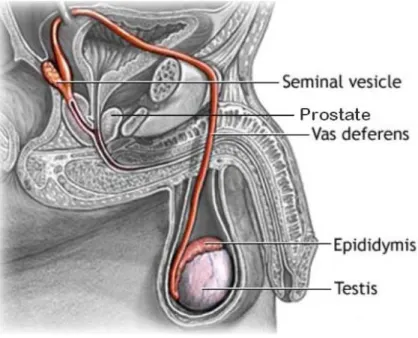
Outline
Documents relatifs
Our results (i) identify differentially expressed proteins showing correlated or uncoupled mRNA/protein profiles in mitosis and meiosis, (ii) suggest novel
Our results confirmed the presence of PrPc in the sperm extract and demonstrated that this protein is synthesized in the genital tract and released in large quantities in soluble
Either chromatographed alone or with the native algal ferredoxin on a hydrophobic interaction column, a single symmetric peak was observed on Phenyl TSK with a
Lynn Carr, Sofiane Saada, Barbara Bessette, Cristiano Palego, Arnaud Pothier, Delia Arnaud-Cormos, Philippe Lévêque, Fabrice Lalloué.. To cite
Pathogenic missense mutations decrease the proportion of cells showing one fluorescent spot (Spot Formation assay) and increase the delocalization of BRCA1 nuclear
ruminantium indirect ELISA positive sheep sera and 7 indirect ELISA negative sheep ~era.~.?O This panel was supplemented with one serum sample from a sheep
Protein content and pattern of testes, semi- nal vesicles, and accessory glands were de- termined for each pupal phase and were ana- lyzed in comparison with the ecdysteroid
o The results imply that the microencapsulation technique could reduce potential interaction of iron with other food components, reduce its exposure to
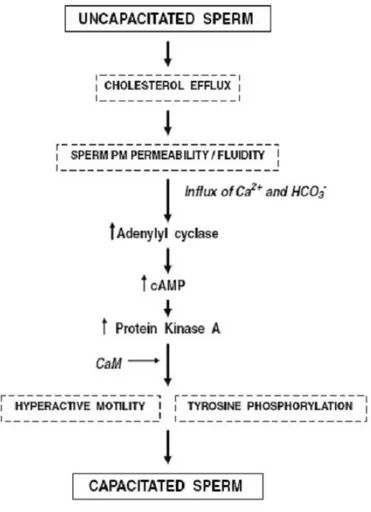
![Figure 6. Voies de signalisation impliquées dans la capacitation des spermatozoïdes. Tirée de [96]](https://thumb-eu.123doks.com/thumbv2/123doknet/2173297.10163/28.918.188.819.162.501/figure-voies-signalisation-impliquees-capacitation-spermatozoides-tiree.webp)
![Tableau 1. Nouvelle nomenclature pour la famille des BSP. (adaptée de [110])](https://thumb-eu.123doks.com/thumbv2/123doknet/2173297.10163/30.918.178.833.643.955/tableau-nouvelle-nomenclature-famille-bsp-adaptee.webp)

![Figure 8. Structure tri-dimensionnelle de BSP1. Tirée de [124].](https://thumb-eu.123doks.com/thumbv2/123doknet/2173297.10163/32.918.337.673.205.484/figure-structure-tri-dimensionnelle-bsp-tiree.webp)
